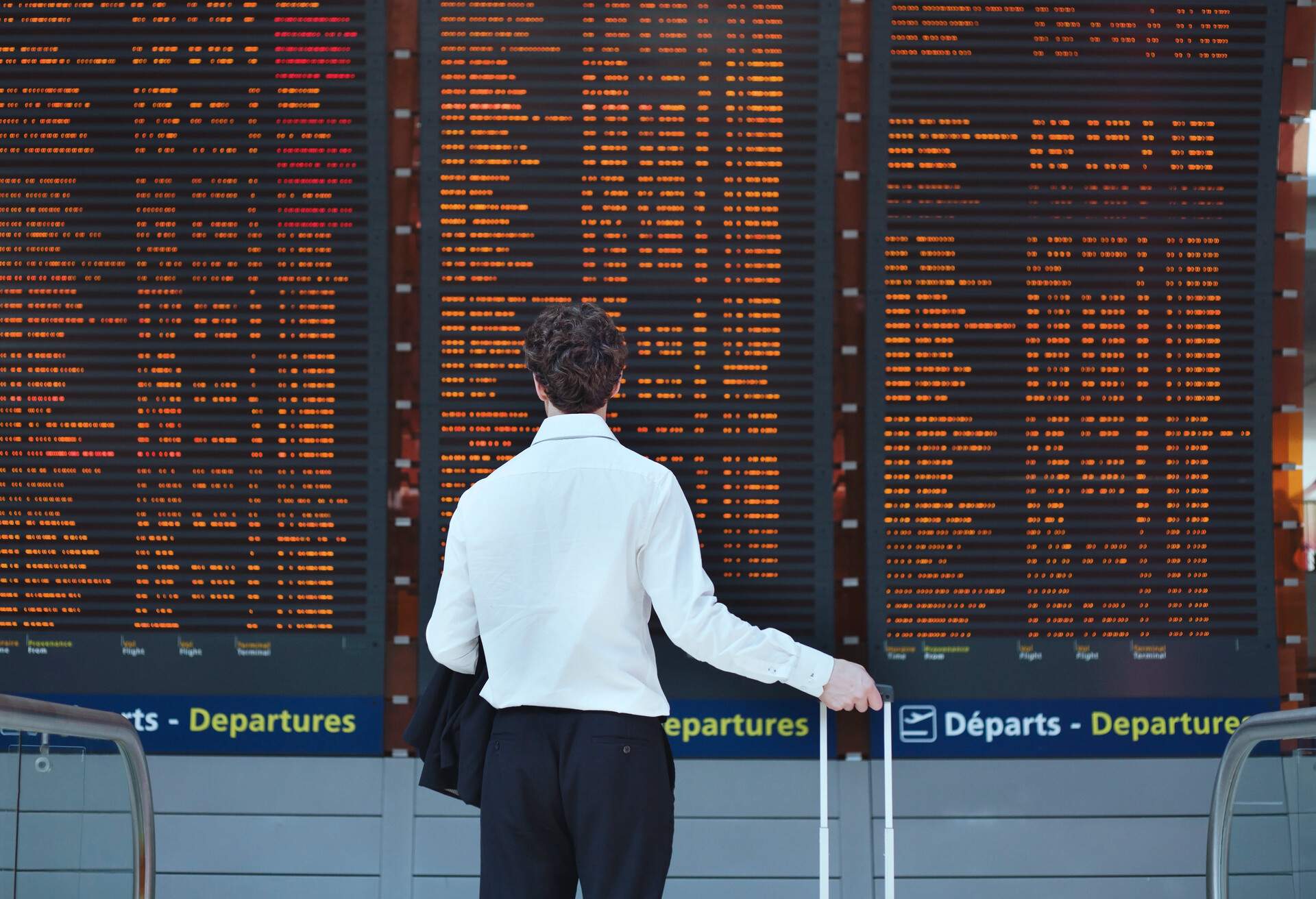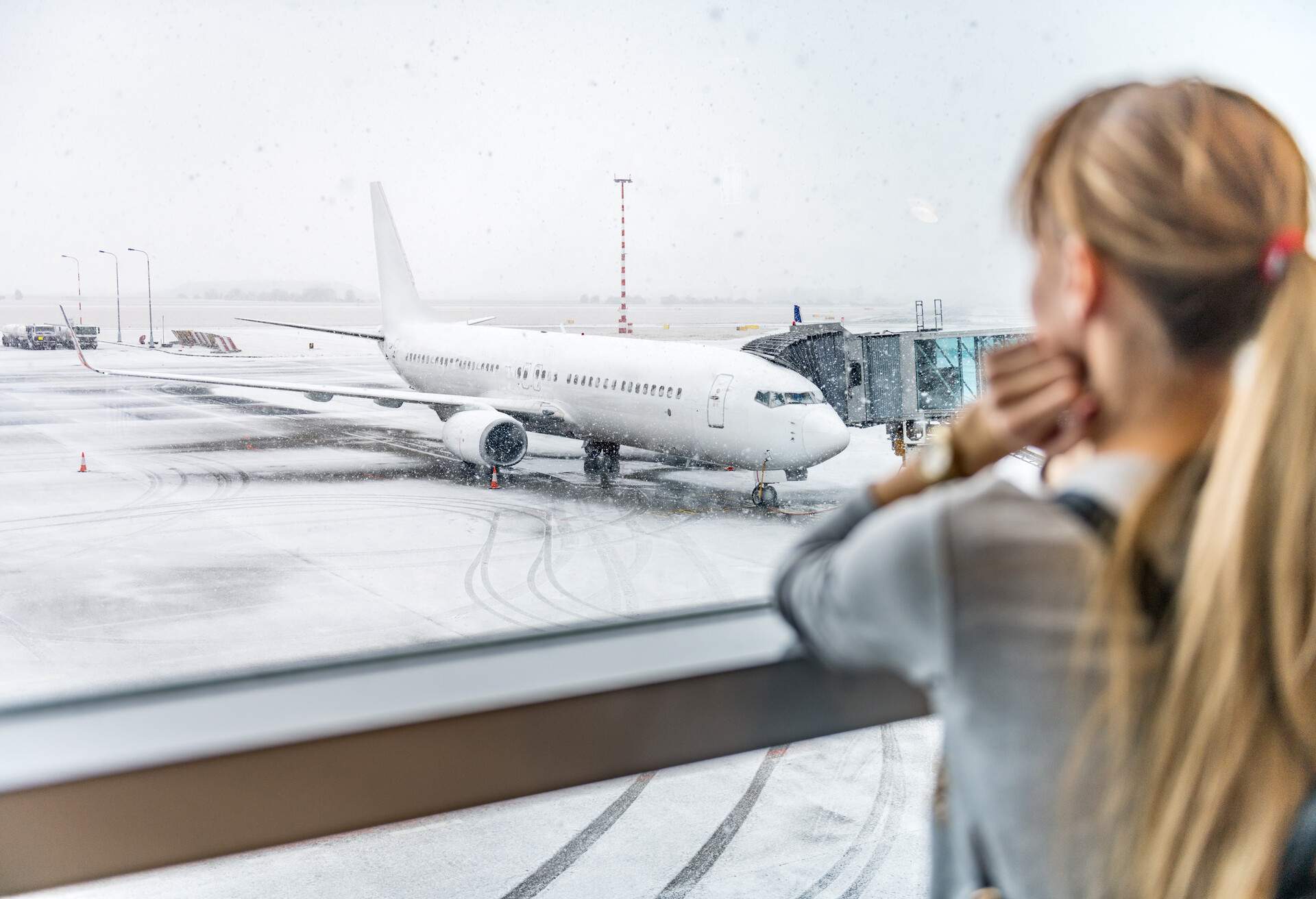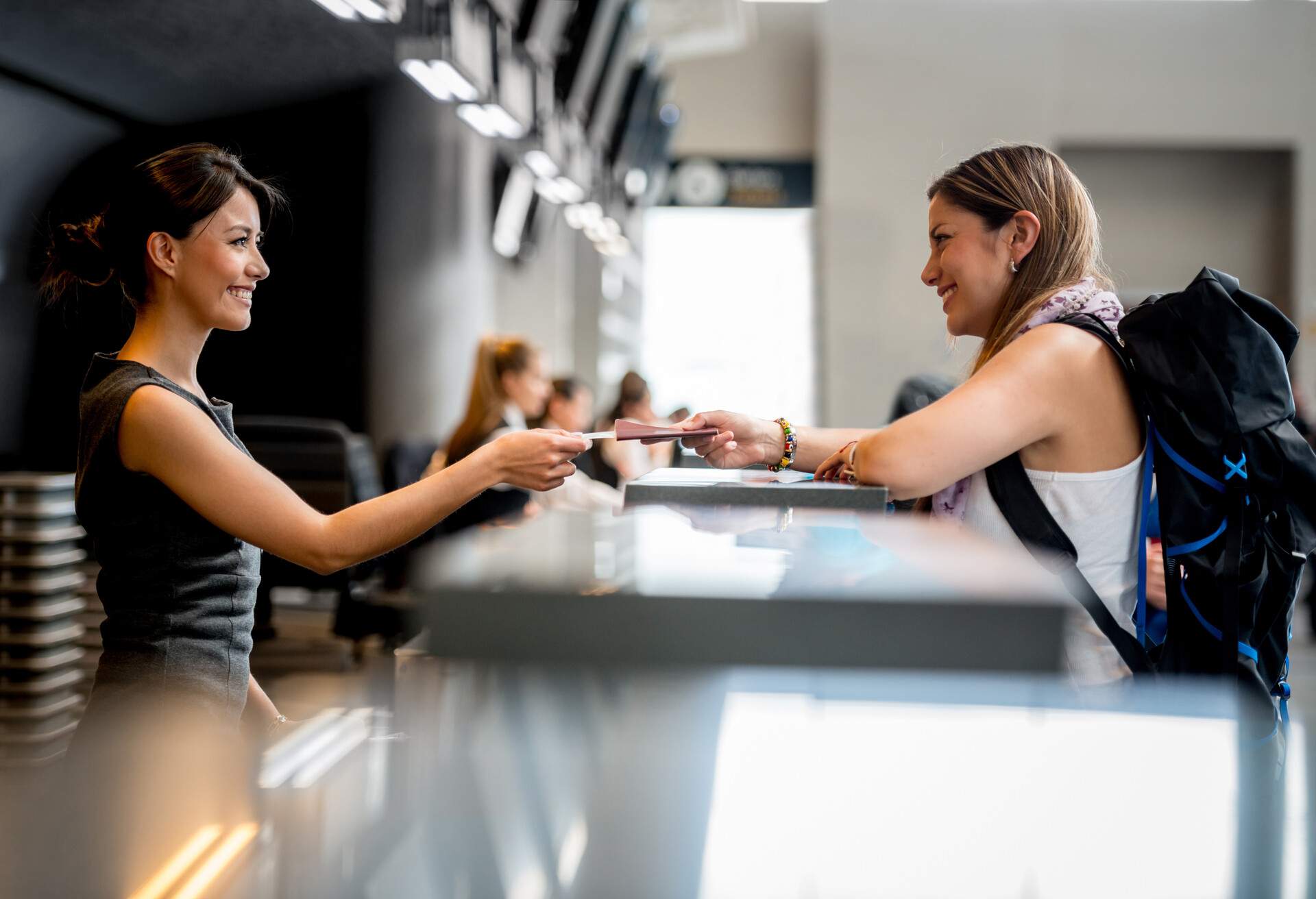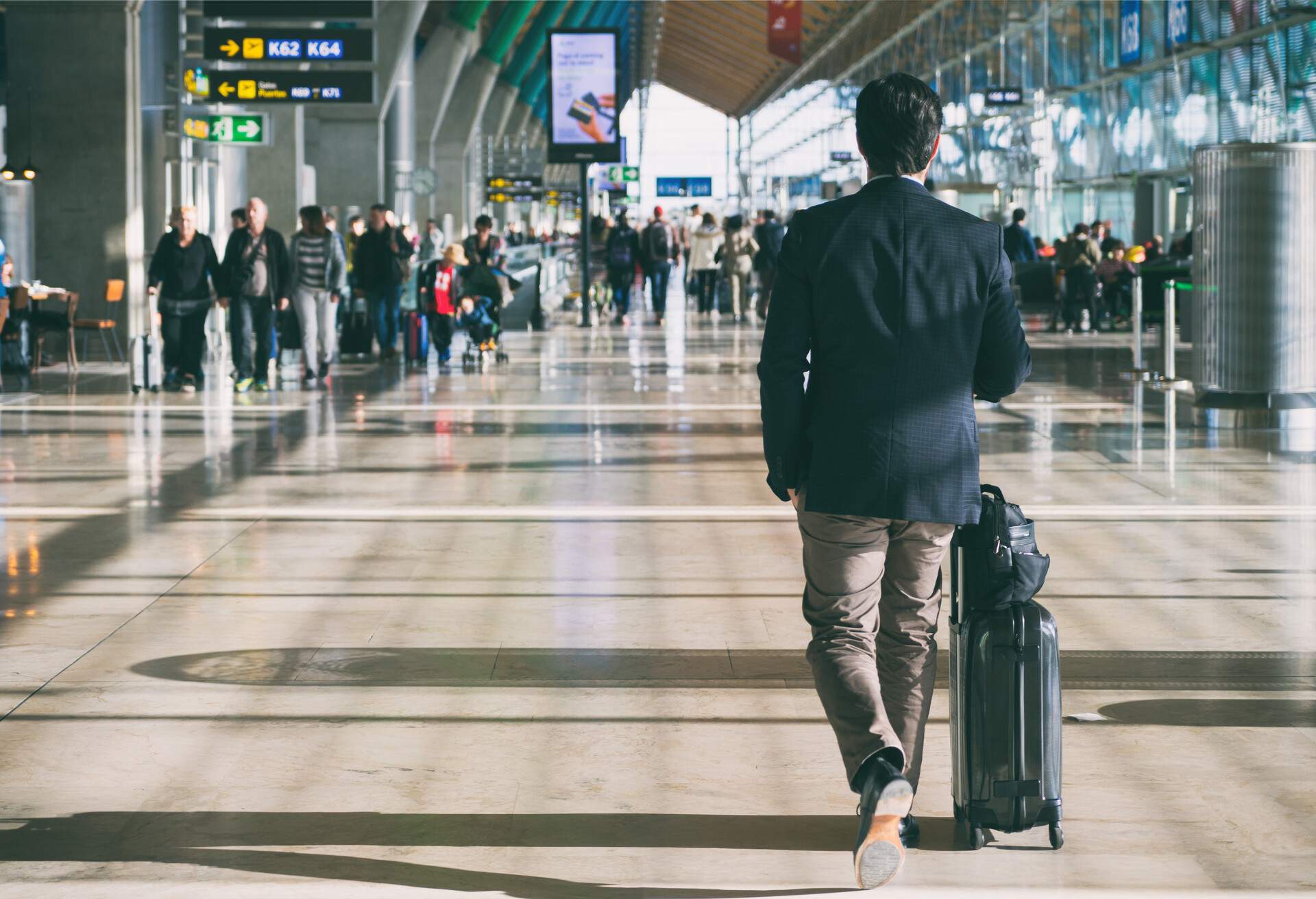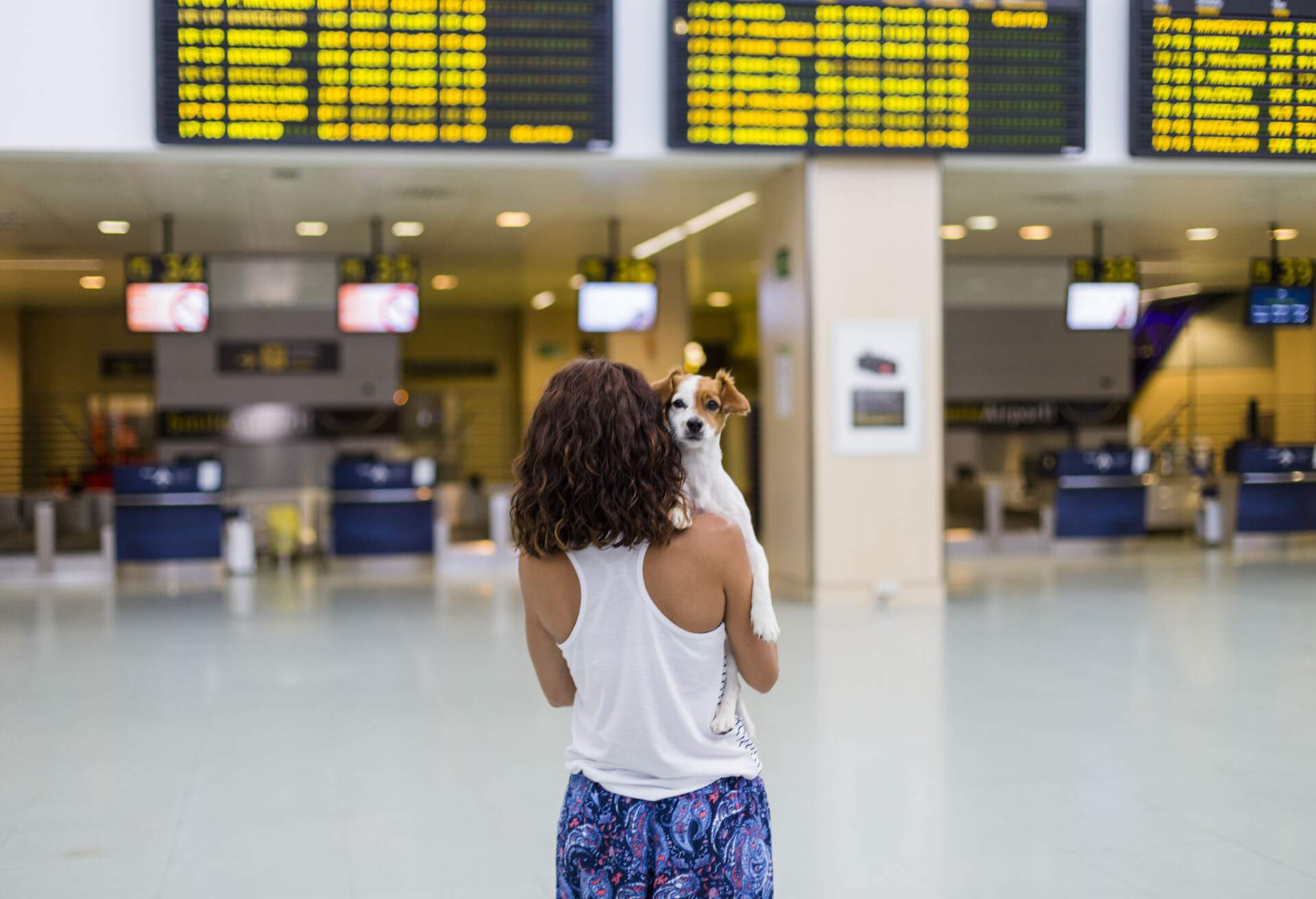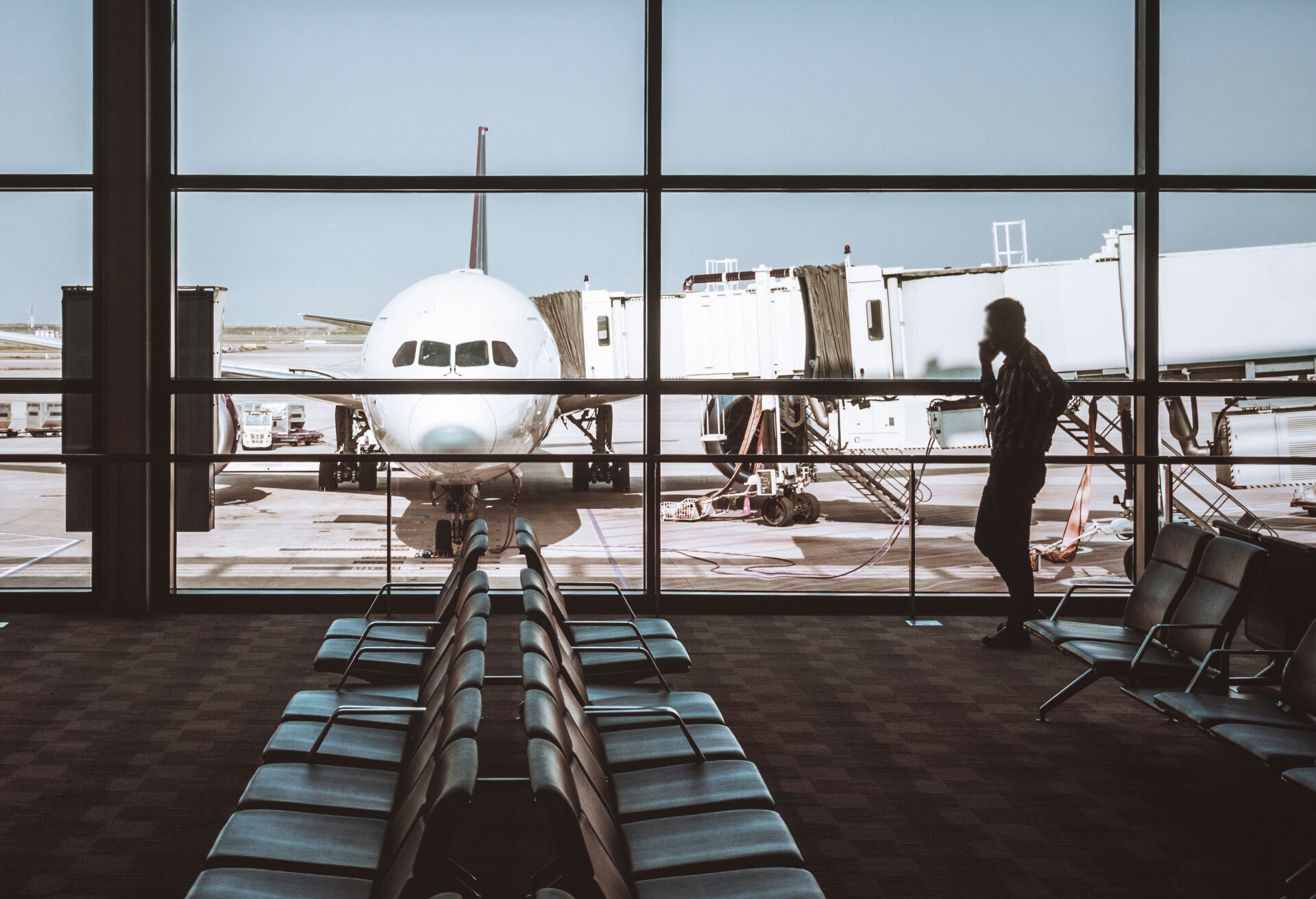We’ve all been there. You arrived early at the airport with only carry-on luggage in hand, breezed security with your TSA PreCheck status, and got to the terminal in plenty of time to sit with your coffee—only to find a delay on the flight information board. You might wonder: Why is my flight delayed? It’s not you, it’s them. Even when you do everything right, flight delays are often a matter of course when you travel.
Why is my flight delayed? Common causes of flight delays

Fortunately, information about flight delays and cancellations among US airlines has become more transparent, thanks to the Department of Transportation (DOT) monthly reports about on-time performance. Unlike European airlines, US carriers are not automatically required to compensate you for delays or cancellations (unless after the cancellation you decide not to travel). In fact, US airlines have differing policies about what they’ll do for you in the case of a delay. But that doesn’t make flying a lawless Wild West zone in which you have no recourse. Airlines define their responsibilities in their contracts of carriage, and the DOT holds them accountable.
Plus, American carriers are required to report the cause of their delays to the Bureau of Transportation Statistics. Even though you have no control over the airlines, understanding the causes of flight delays can help you deal with them, and even raise the chances of avoiding delays.
Read on to learn the 5 most common causes.
1. Weather
Before that delayed flight takes off again, passengers need to deplane; baggage needs to be unloaded, and the plane needs to be cleaned, stocked, and refueled. All this can cause a cascade of delays.
2. Air carrier delays
If you look at the Bureau of Transportation Statistics’ pie chart of on-time arrival performance, you’ll see a category called “air carrier delays,” which often accounts for a good chunk of the delays. This is an umbrella category that includes circumstances that the airline could control, like aircraft cleaning; taking a long time loading or unloading bags; crew problems (like having to replace crew that shows up unfit to work or doesn’t show up at all), and even fueling time.
It also includes situations you might not anticipate would be considered within their control, like mechanical problems, removal of unruly passengers, potable water servicing, and damage by hazardous goods.
3. Air traffic
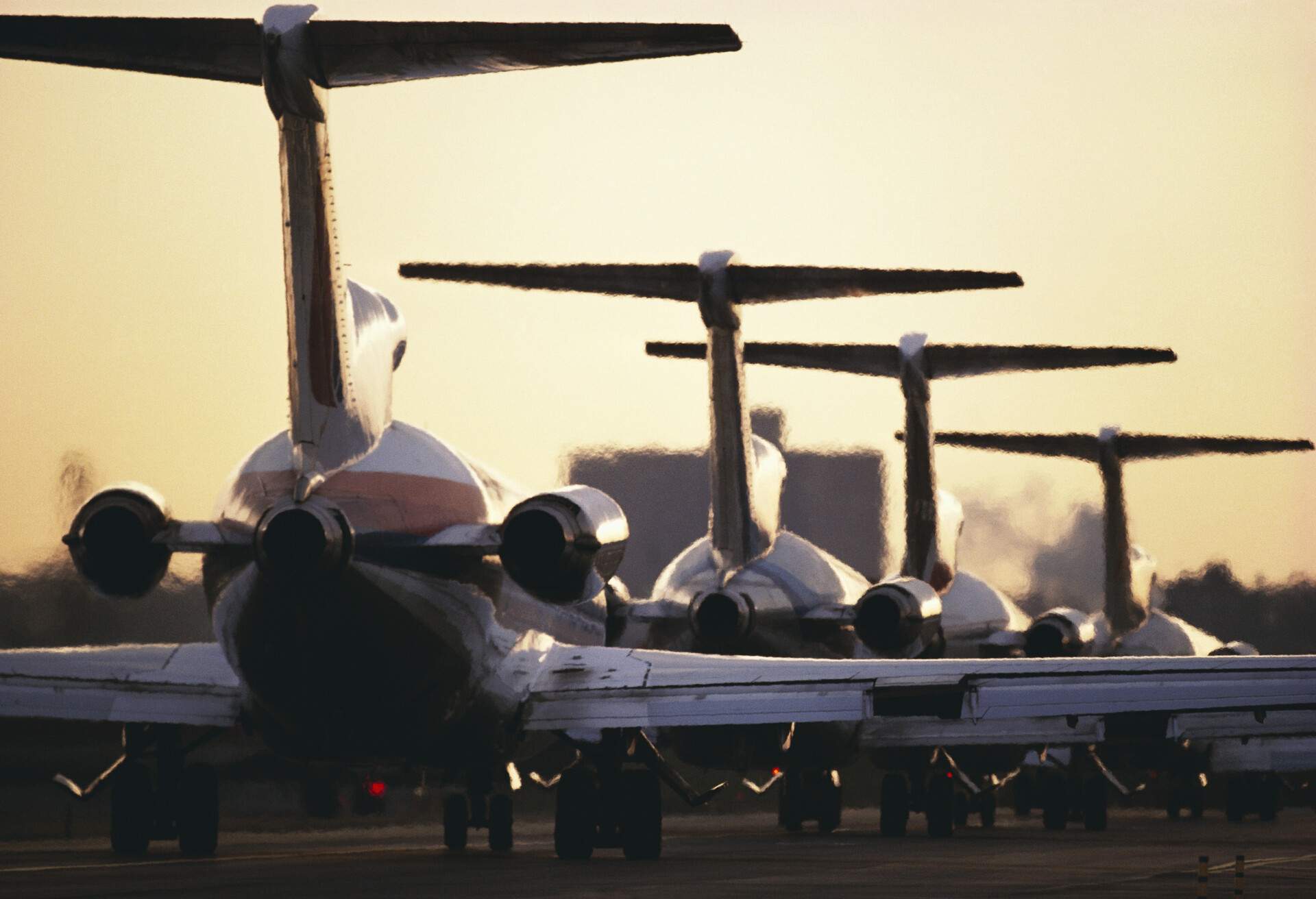
Just like on the highways, traffic congestion can hold up the airways—and that traffic in the air can be caused by traffic on the ground. For instance, if a flight pushes back late from the gate for some reason, the next flight scheduled to arrive at that flight’s gate could be delayed, and so on. The airplane can’t depart with protocol to catch up. Then there’s traffic in the skies: Sometimes air traffic controllers hold flights in a pattern before they can clear them to land.
If you use KAYAK’s Flight Tracker and see that your plane departed its originating city on time, and there don’t appear to be any weather conditions that would hold it up, it may be that your plane was simply caught in a traffic jam.
Another tip-off: Your plane is listed as having arrived, but you can see with your own two eyes that it’s not at the gate, it may be circling.
4. Go-around
You may know this as a missed approach or an aborted landing attempt. A touch-and-go landing (where the airplane touches down but then takes off again) is another type of go-around. This can happen for several reasons, such as high winds across the runway; the airplane landing too fast (without enough runway); fog and clouds that reduce visibility, and other reasons.
The delays happen because it takes time to land or nearly land and then take off again, then circle and initiate another descent.
5. Waiting for connecting passengers
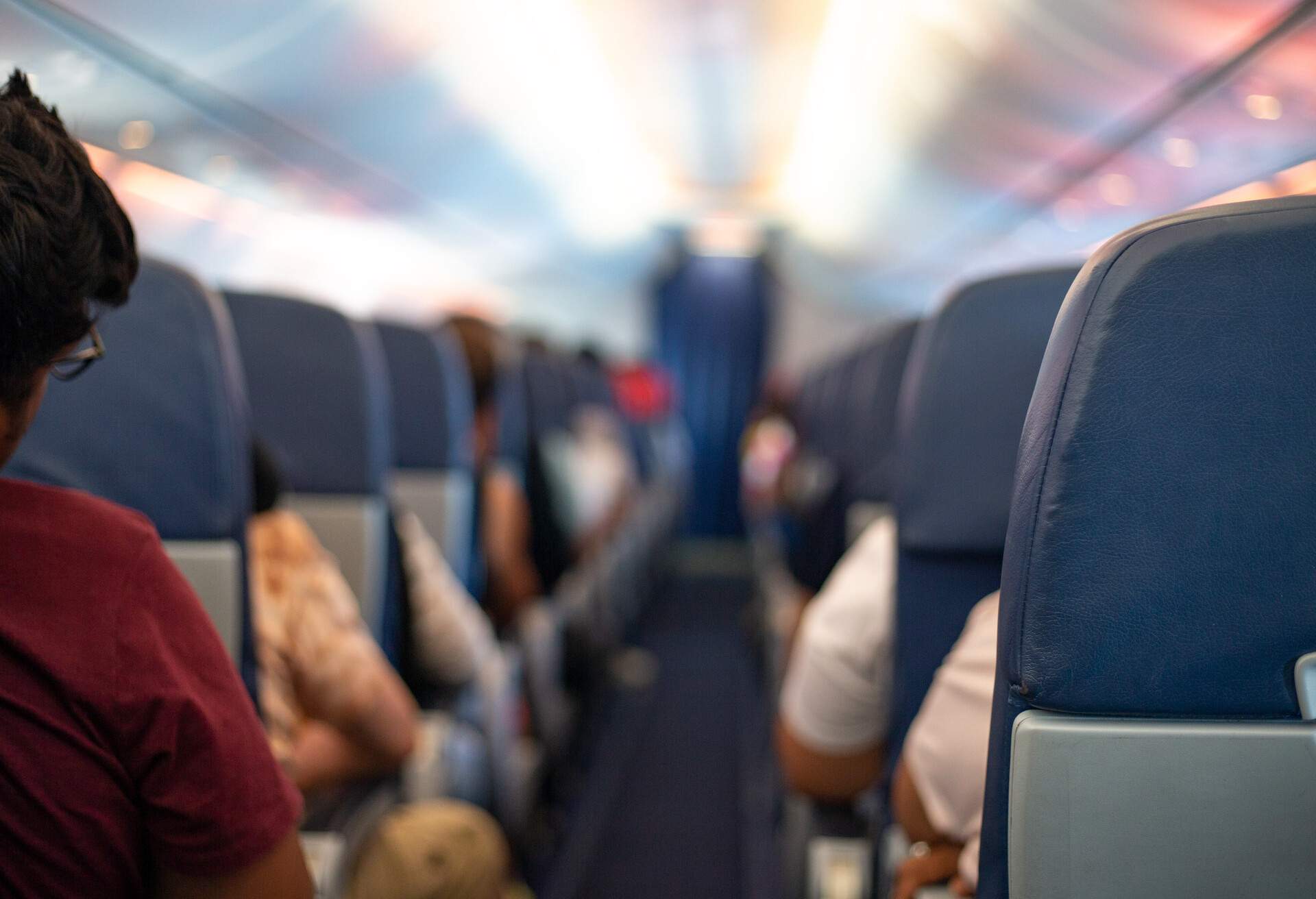
Airlines usually won’t wait for one or two stray passengers who are running late or even a couple of passengers who are delayed from a connecting flight. But airlines’ operations centers can decide to hold a flight if there are a lot of connecting passengers they’ll have a hard time rebooking if they don’t connect. Sometimes a flight will be held if the bags are taking longer than expected to transfer from one plane to another.
What to do when a flight is delayed
From trying to enjoy a delay you can’t change to getting rebooked on another flight, here are some ways to deal with late flights.
Go to the lounge/gym/sleep pod
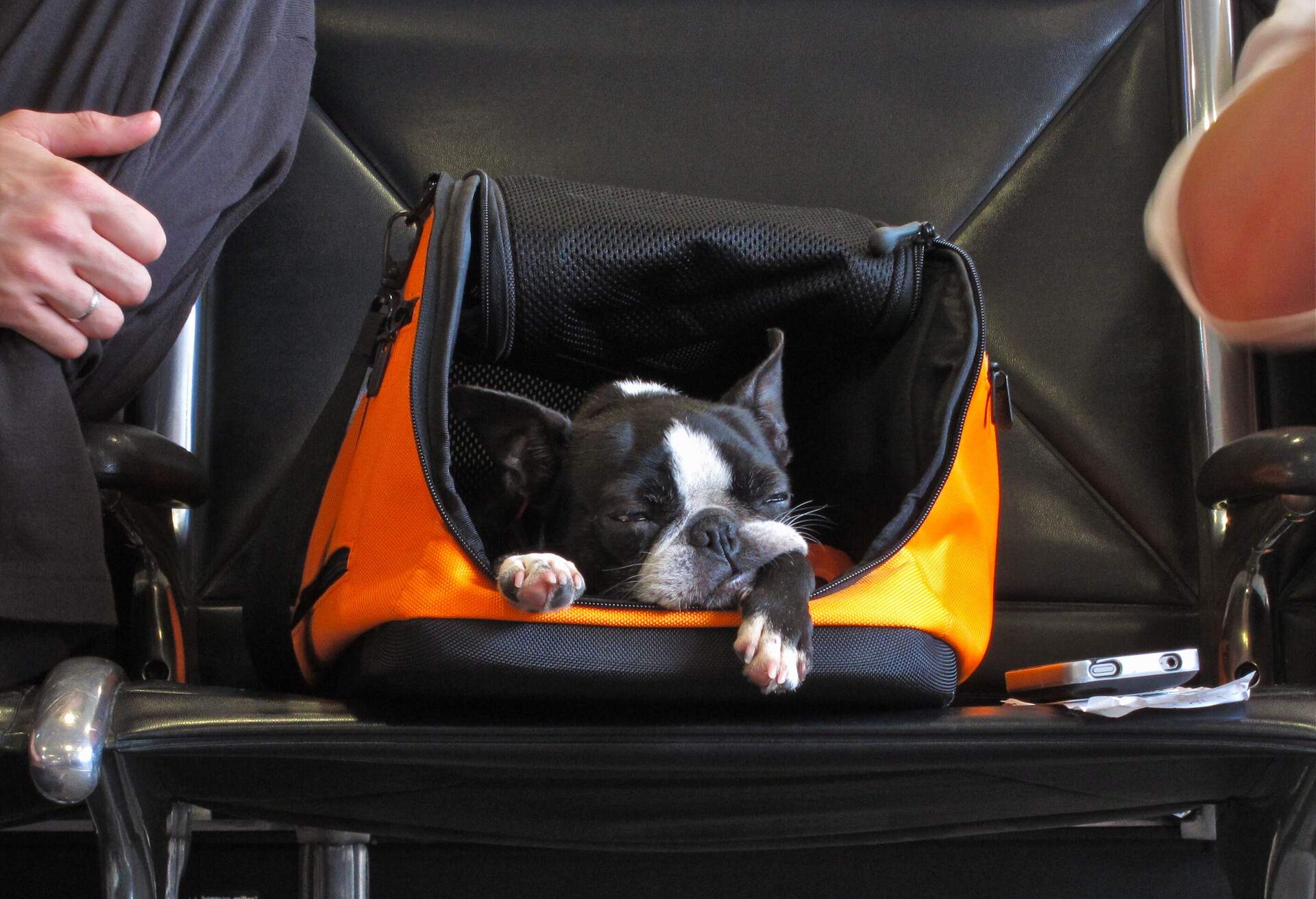
I’ve experienced some mind-boggling flight delays: way too long to sit around the terminal, but not enough time to hoof it into a city center for a day of exploring. If there’s no alternative but to wait out your flight, you might as well do it in comfort. I have two credit cards that get me into a variety of lounges.
When you travel frequently enough, you may find that the premium food and beverage and even showers and office cubicles are worth investing in a card with privileges. You can also buy memberships to specific lounges, regardless of the airline you’re flying that day. Airports are offering more and more non-lounge amenities, too, like yoga rooms, gyms, and sleep pods, which offer day or hourly passes.
Ask for compensation
Federal law doesn’t require airlines to compensate you in the event of a delay; in fact, DOT doesn’t even specify what constitutes a “significant delay.” But that doesn’t mean you can’t ask. Airlines establish their own policies and even define delays in their own way. Historically, you would have had to research your own airline’s contract of carriage, but now DOT has an aviation consumer dashboard where you can see the ten major airlines’ commitments in one place.
None of the airlines has committed to cash compensation when you’re delayed for three hours or more, but airlines can offer things at their discretion. For example, Alaska Airlines commits to giving away frequent flyer miles in the case of a three-hour or more delay, and along with Hawaiian Airlines will give you credit or a travel voucher for a delay.
Get rebooked
Ask for vouchers
Now every airline will issue a meal voucher when a cancellation causes a three-hour wait for another flight, and all but one will pay for a hotel. All but one will also pay your transportation to and from a hotel if you have to stay overnight because of a significant delay.
The airlines do have a certain amount of leeway: Just because a travel voucher isn’t guaranteed in their contract doesn’t mean they won’t give you one if you ask. If you do receive a travel voucher, ask about restrictions like blackout and expiration dates.
How to avoid flight delays
You can’t control the airlines’ on-time performance, but you can do a few things to get ahead of delays.
Book the earliest flight
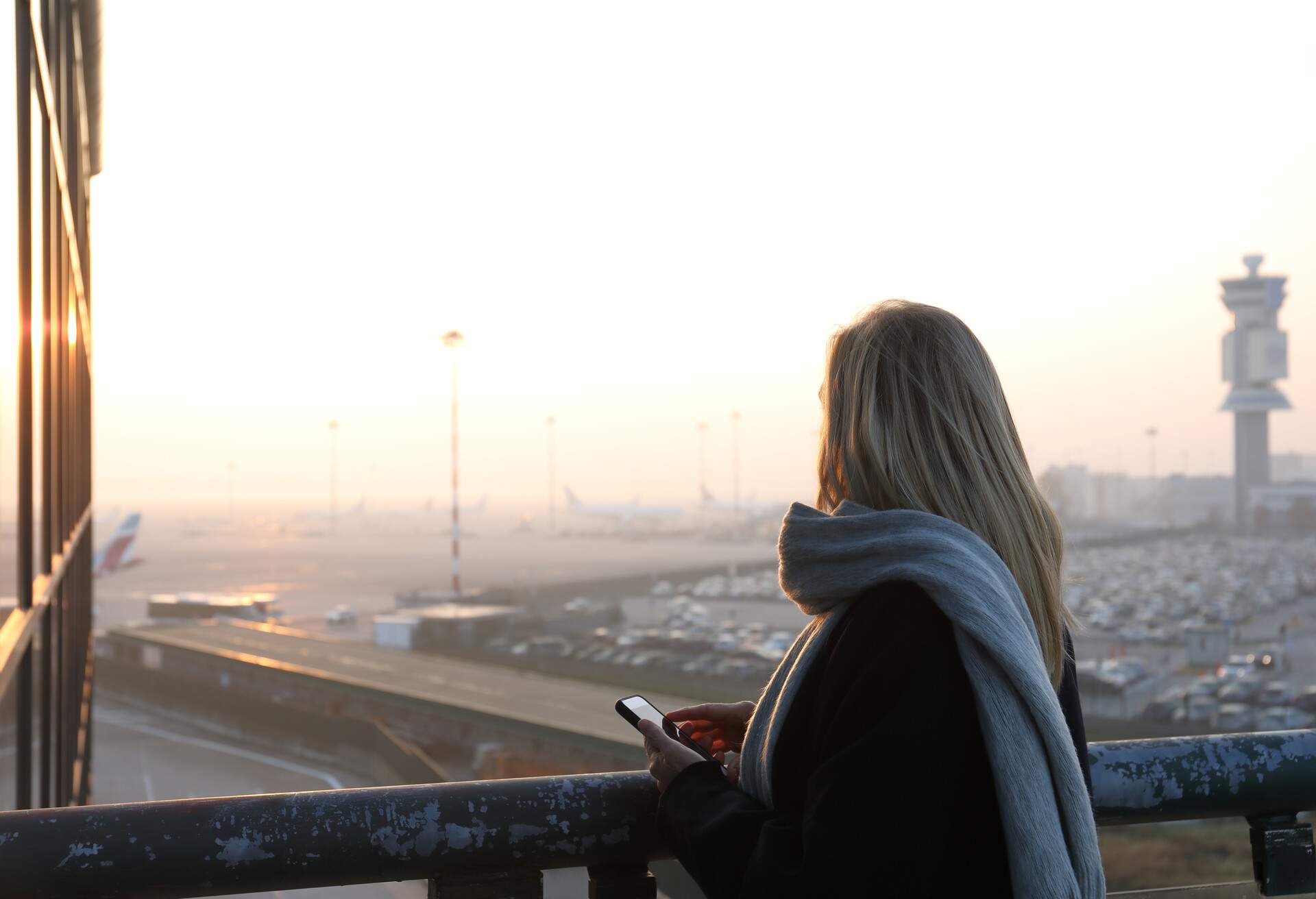
It stands to reason that since air carrier delays and waiting for connecting passengers can cause delays, those delays will cascade over the course of a day. Most airlines that are traveling in the afternoon or evening have already made trips that day, which may have been delayed. If you book the earliest flight, you’re more likely to avoid these kinds of delays.
Book flights on airlines that have an on-time track record
Global travel data provider OAG tracks the punctuality track record of airlines every month and publishes an annual report called the Punctuality League, which ranks the largest global airlines for on-time performance. OAG defines punctuality as arriving or departing within 15 minutes of their scheduled arrival and departure times. If avoiding a delay is crucial for you, booking an airline with a history of on-time performance may increase your odds of beating delays.
Book nonstop flights
The more flights in your trip schedule, the higher the odds are that one will be delayed. If you can’t avoid a layover, booking a flight with the same airline all the way through will make your airline more likely to work with you on rebooking.
KAYAK Trips keeps all your bookings in one place and updates you in real-time about cancellations, delays, and gate changes. You can also look up flight delay information on the Federal Aviation Administration’s (FAA) color-coded map, so you can at least anticipate a delay when you’re already en route.
Carry a credit card that covers you
Consider researching credit cards that come with trip cancellation and interruption coverage, which will reimburse you for the non-refundable amount of your trip. Or buy a travel insurance policy that will reimburse you for things the airline won’t, like rental cars.
And in the event that your bags are the ones with the significant delay, many travel insurance policies will cover baggage loss and delay, too.
Try to carry on
How this guide was created
I’m a longtime former travel writer who wrote a consumer advice column for Travel + Leisure magazine for years and wrote the “Takeoffs and Landings” column in The Wall Street Journal. I’ve had some of my most interesting travel experiences during delays and cancellations, but I realize that not everyone welcomes being stranded.
Some of our favorite flight routes
Flight delays FAQ
If you’re already at the airport, speak to the gate agent, who will tell you why the flight is delayed.
US airlines are not required to compensate you in cash for delays. However, some airlines will give frequent flyer miles or travel vouchers, and all have committed to issuing meal vouchers in the event of significant delay (usually over three hours).
You get more bees with honey than vinegar, so please be respectful and calmly state your case. Feel free to emphasize the amount of time/sleep/money lost due to the delay. Some airlines, eager to win a loyal customer, will offer perks like upgraded seating, flight vouchers, air miles, or even a hotel stay while you wait for the next flight out.
If you do receive vouchers for future travel, make sure to check blackout and expiration dates.

